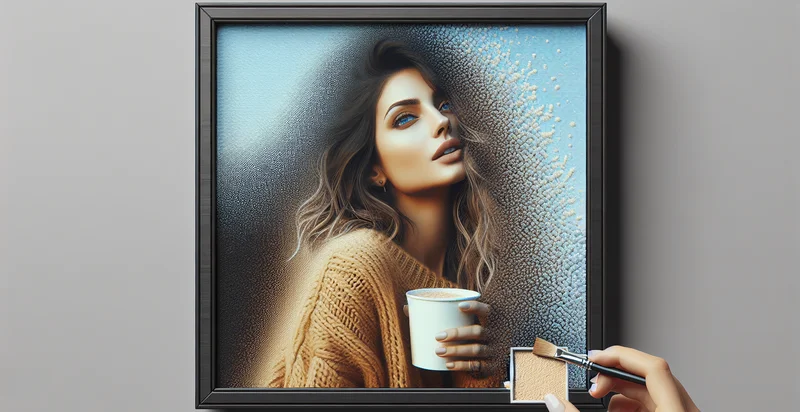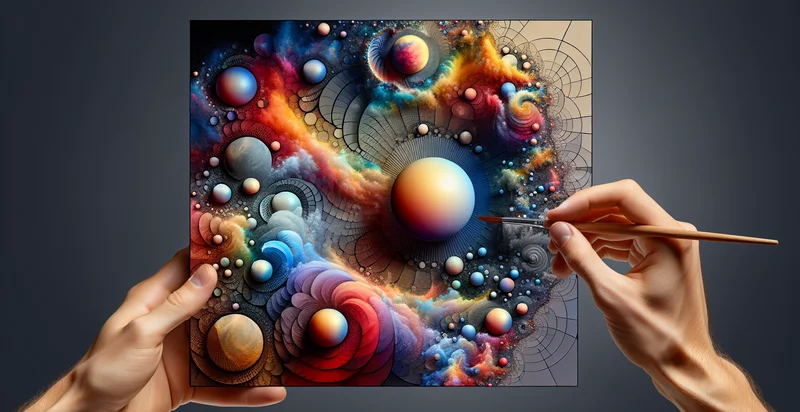Identify special effects quality
using AI
Below is a free classifier to identify special effects quality. Just upload your image, and our AI will predict the quality of special effects in various images - in just seconds.

Contact us for API access
Or, use Nyckel to build highly-accurate custom classifiers in just minutes. No PhD required.
Get started
import nyckel
credentials = nyckel.Credentials("YOUR_CLIENT_ID", "YOUR_CLIENT_SECRET")
nyckel.invoke("special-effects-quality", "your_image_url", credentials)
fetch('https://www.nyckel.com/v1/functions/special-effects-quality/invoke', {
method: 'POST',
headers: {
'Authorization': 'Bearer ' + 'YOUR_BEARER_TOKEN',
'Content-Type': 'application/json',
},
body: JSON.stringify(
{"data": "your_image_url"}
)
})
.then(response => response.json())
.then(data => console.log(data));
curl -X POST \
-H "Content-Type: application/json" \
-H "Authorization: Bearer YOUR_BEARER_TOKEN" \
-d '{"data": "your_image_url"}' \
https://www.nyckel.com/v1/functions/special-effects-quality/invoke
How this classifier works
To start, upload your image. Our AI tool will then predict the quality of special effects in various images.
This pretrained image model uses a Nyckel-created dataset and has 10 labels, including Amateur Quality, Custom Effects, High Quality, Low Quality, Medium Quality, No Special Effects, Poor Quality, Professional Quality, Special Effects and Standard Effects.
We'll also show a confidence score (the higher the number, the more confident the AI model is around the quality of special effects in various images).
Whether you're just curious or building special effects quality detection into your application, we hope our classifier proves helpful.
Related Classifiers
Need to identify special effects quality at scale?
Get API or Zapier access to this classifier for free. It's perfect for:
- Content Moderation: This function can be employed by social media platforms to automatically identify and flag images that have been altered with special effects. By doing so, the platform can enforce community guidelines and reduce the spread of misleading content, ensuring users are not deceived by photoshopped or manipulated images.
- E-commerce Authenticity Verification: Online retail websites can utilize this function to verify product images uploaded by sellers. By distinguishing between genuine product photos and those that are heavily edited or enhanced with special effects, customers can make informed purchasing decisions based on consumer trust.
- Digital Forensics: Law enforcement agencies and forensic analysts can use this identifier in investigations to determine the authenticity of images involved in cases. By flagging images with special effects, they can ascertain if certain photographs were manipulated and potentially question their credibility in legal scenarios.
- Media and Journalism: News organizations can implement this function to ensure the integrity of images used in reporting. By identifying and filtering out images with special effects, they can maintain accuracy and transparency in their visual content, thereby enhancing their credibility.
- Advertising and Marketing: Brands can incorporate this function to analyze the quality and authenticity of user-generated content that features their products. This allows them to gauge whether the images are genuine representations or overly edited, shaping their brand’s perception and overall marketing strategies.
- AI Training Data Curation: Companies developing machine learning models can leverage this identifier to curate training datasets. By excluding or categorizing false images with special effects, they can improve the quality of data used for training, leading to more reliable outcomes in visual recognition systems.
- Image Search Optimization: Search engines can benefit from this function to enhance the accuracy of their image search results. By filtering out images with special effects, they can provide users with more authentic and relevant results, thus improving user satisfaction and engagement with their platforms.


